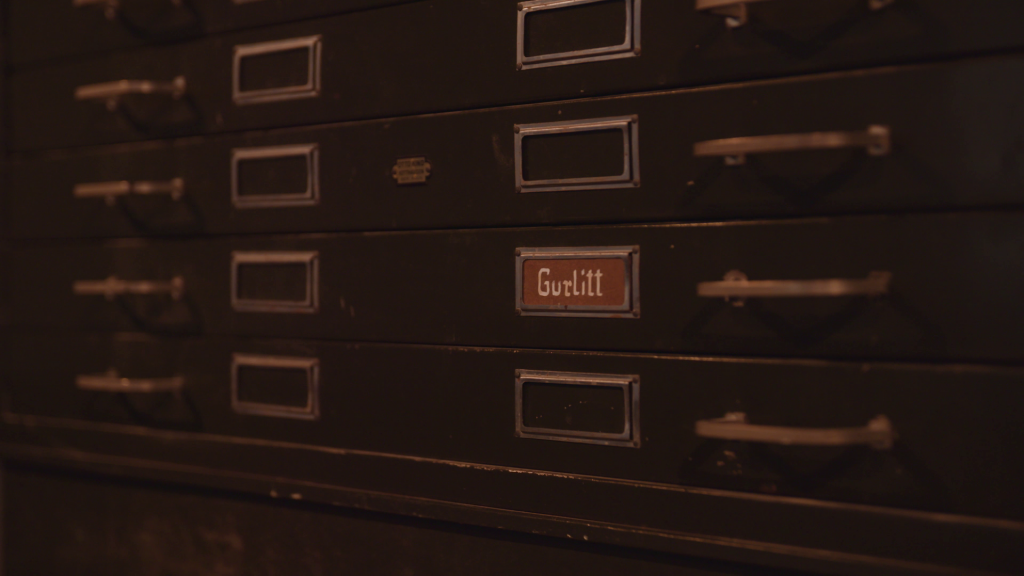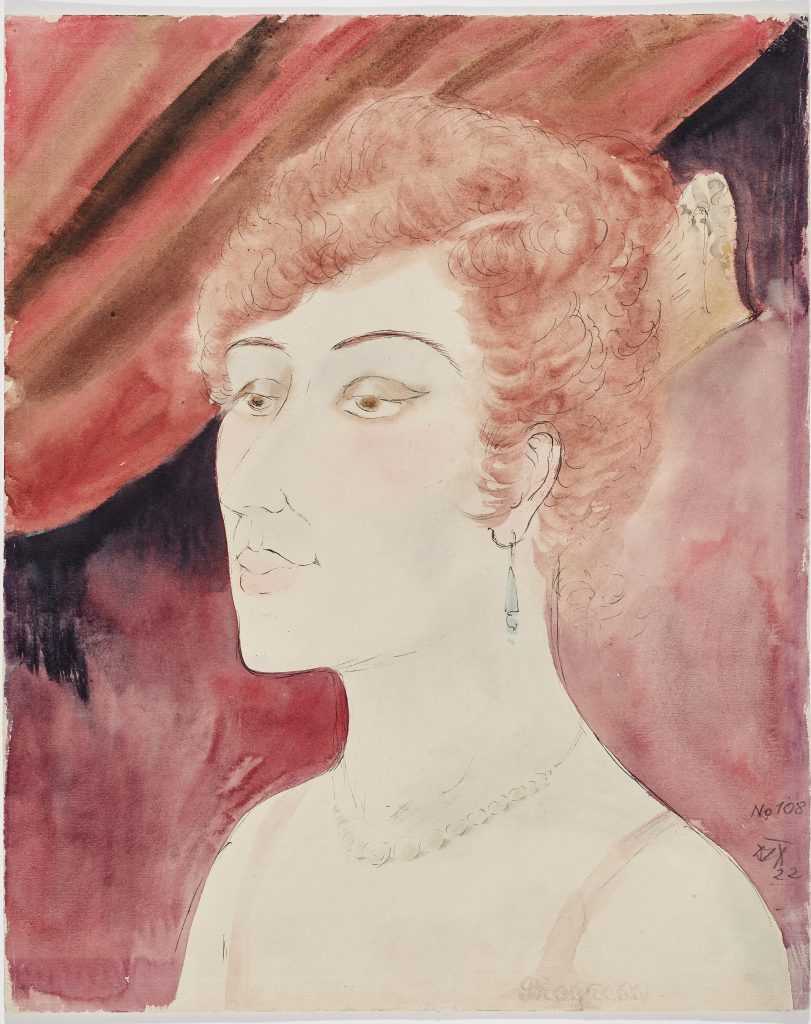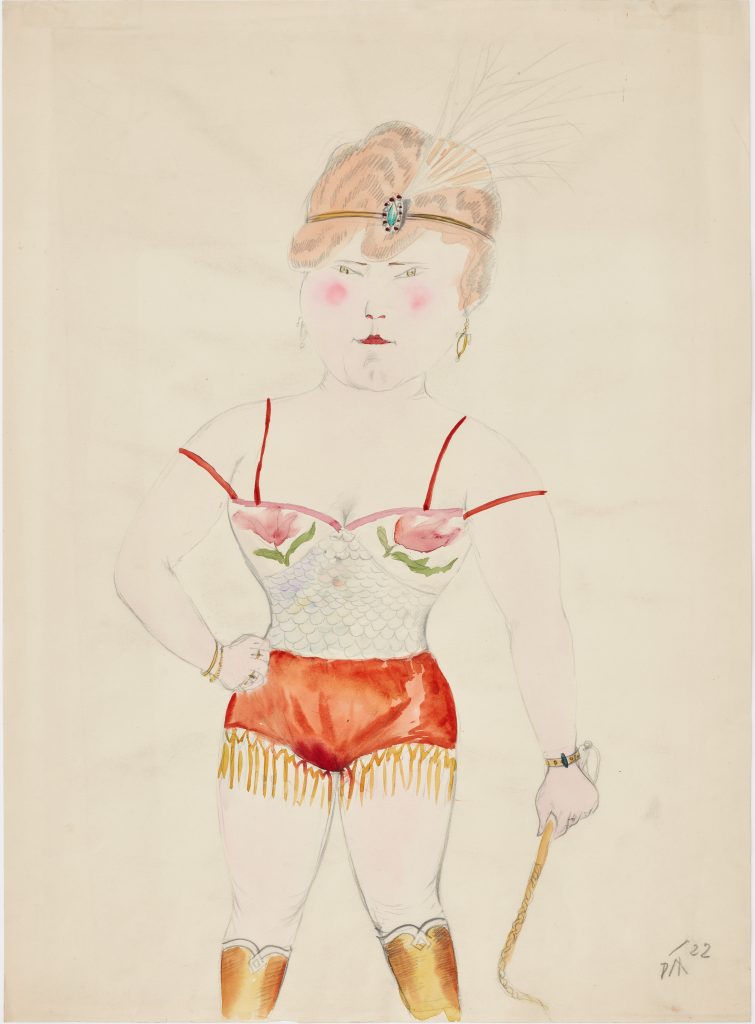Politics
The Kunstmuseum Bern Will Give Up Dozens of Works With Murky Provenance From the Collection of the Late Cornelius Gurlitt
The works include two watercolors by Otto Dix that will go directly to the heirs of the rightful owners.

The works include two watercolors by Otto Dix that will go directly to the heirs of the rightful owners.

Vivienne Chow

The Kunstmuseum Bern will give up ownership of more than two dozen works from the controversial collection of the late art collector Cornelius Gurlitt.
Among the items are two 1922 watercolors by Otto Dix, Dompteuse and Dame in der Loge, that will be transferred to the descendants of Ismar Littmann and Paul Schaefer, who rightfully owned the works.
The watercolors are among a number of items in the collection that were forcibly taken from Jewish collectors by Nazis between 1933 and 1945.
The museum will also give up another 29 works that show no evidence of having passed through Nazi hands, but whose provenance between 1933 and 1945 remains murky.
Altogether, they are part of the 1,600-item collection that Gurlitt bequeathed to the museum in a secret will upon his death in 2014.
The Kunstmuseum Bern made its recent decision after years of provenance research in an effort to provide transparency about the collection before any further decisions were made about what to do with it, said Nina Zimmer, the institution’s director.
“We are dedicated to finding fair and just solutions,” Zimmer told Artnet News.
More than 1,000 works of uncertain provenance that currently do not appear to be linked to Nazis will remain in the Swiss institution’s keep. But Zimmer said the museum, which currently maintains an online database of the Gurlitt hoard, would be willing to make changes to that if necessary.
“If the whole situation around the work looks different after new information comes up, we will rejudge, and maybe we can come to a new conclusion,” she said. “So there’s no final, final decision.”

Otto Dix, Dame in der Loge (1922). Legat Cornelius Gurlitt 2014, Provenienz in Abklärung.
The controversy surrounding the museum and the collection has been an ongoing drama since Gurlitt’s death in 2014.
The Swiss museum accepted Gurlitt’s hoard, which was largely amassed by his father, an art dealer with Nazi ties, after months of deliberation and despite legal disputes challenging its right to inherit the collection. Among the artists represented in the hoard are Henri Matisse, Pierre-Auguste Renoir, Claude Monet, Paul Gauguin, Paul Cézanne, and Camille Pissarro, among others.
Detailed provenance investigations were conducted over the following years, and the museum set up a provenance research department in 2017 to carry on the work in partnership with international experts.
As of June 30, 2021, 28 works from the collection that were of complicated provenance between 1933 and 1945 have been cleared of question, and will definitively stay with the museum.
Nine other works were identified as looted or sold under duress, and have been restituted. Around 270 items were excluded from research, as they relate to dissolved portfolios or are mass-produced items.

Otto Dix, Dompteuse (1922). Legat Cornelius Gurlitt 2014, Provenienz in Abklärung.
The museum will now look into 13 works claimed by the heirs of Jewish collector Fritz Salo Glaser. Previously, it reached an agreement with the Cézanne family over the famous 1897 work La Montagne Sainte-Victoire, which will remain with the museum, but which the Cézanne family has a right to show in his hometown museum, Musée Granet, in Aix-en-Provence on a regular basis.
The Gurlitt collection will be presented “comprehensively” for the first time in the exhibition “Taking Stock: Gurlitt in Review,” which will take place at the Bern institution from September 16, 2022 to January 15, 2023.
“This is a good moment for us,” Zimmer said. “We want to show people how we deal with works of unclear provenance in the future.”
The next problem is fundraising: the museum says that in order to continue its research into Gurlitt’s collection, it will need approximately a quarter million Swiss Francs ($271,447) each year in government funding.